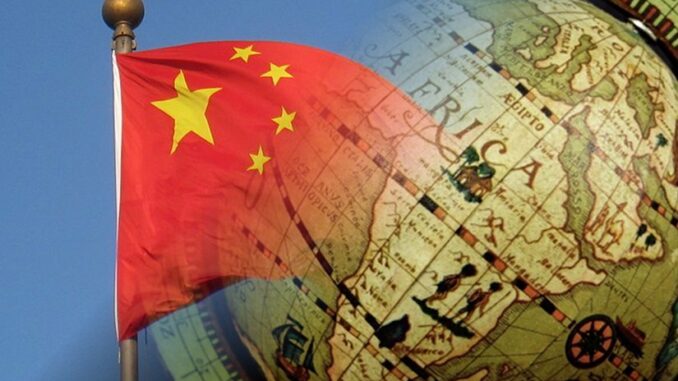
China’s growing presence in Africa is often depicted in media with stark red maps showing Beijing’s expanding footprint across the continent, but such visuals oversimplify the complex dynamics of China’s influence, according to a new report published by The Conversation.
Global power dynamics in Africa are shifting, with China eclipsing the influence of the US and France. In his research, Brendon J. Cannon from Khalifa University highlights how these maps contribute to the “securitization” of China, now Africa’s largest trading partner, framing its economic ties as a threat to African sovereignty, even if it’s not one. “This visual securitization not only heightens fears of dependency but also primes certain audiences – in the United States, Japan and France, for instance – to view China’s presence as a direct challenge to their interests,” Cannon writes.
While critics argue that these maps exaggerate China’s influence, they also obscure the agency of African nations, many of which actively engage with China to attract investment.
Despite concerns over distorted narratives, Cannon admits that legitimate security risks linked to China’s growing role in Africa do exist. These include control over critical infrastructure, such as ports and railways, which could potentially serve military purposes, and increasing influence over Africa’s digital ecosystem, raising concerns over data security and surveillance. The challenge for African states is to balance the benefits of China’s investments with the need to protect their sovereignty, Cannon writes. Policymakers should carefully differentiate between exaggerated fears and real security threats to ensure African nations can shape these partnerships on their terms, avoiding a passive role in the growing US-China rivalry.
